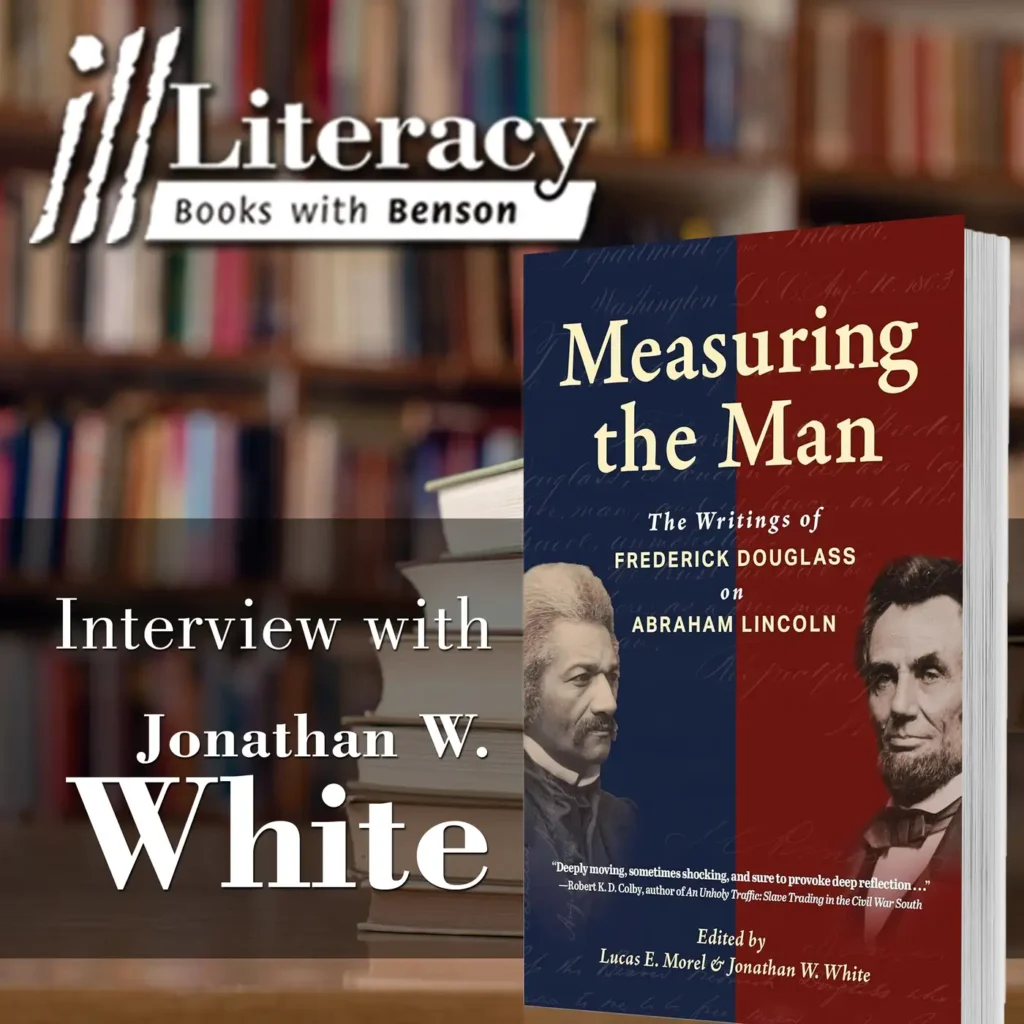The key basis of the emphasis on consumer driven health plans as a solution for rising health care costs is that consumers will make better decisions if they function as partners in controlling costs, as opposed to merely accepting top-down rationing of care from bureaucrats.
Health Savings Accounts and High Deductible Health Plans are increasingly popular – growing to 11.4 million since the creation of the option in 2005, currently accounting for nearly 7% of the private insurance marketplace. According to a study released earlier this year by the Employee Benefits Research Institute (EBRI), cited in this post by Greg Scandlen, it’s clear that CDHPs correlate and are most popular with those consumers who are more engaged in their own health, and more educated overall.
People in CDH plans are twice as likely to be a college graduate or have a graduate degree than people in “traditional” plans. People in traditional plans are four times more likely to have a high school education or less than are people in CDH plans. (See page 19 of the report.)
Since better-educated people are more likely to have higher incomes and to be healthier, CDH enrollees also have somewhat higher incomes and are somewhat healthier than people in traditional plans, but the difference is small — much smaller than the difference in education. For instance, in 2010, 59% of people in traditional plans reported that their health is “excellent or very good,” while 67% of people in CDHPs said the same. Income differences were similarly small. Incomes between $100k and $150k were reported by 14% of CDHP enrollees and 15% of traditional enrollees, incomes of $150K and over were reported by 11% of CDHP enrollees and 10% of traditional enrollees.
This suggests that if the researchers controlled for education — that is, looked at the enrollment choices of people with similar educational levels — the CDHP people would actually be sicker and less wealthy than those in traditional plans.
The lesson of a study like this is that the health care system is far more complex than it needs to be, largely driven by conflicting and complex overregulation of the marketplace. Cigna has found that the level of engagement in wellness programs and the like is far more active within CDHPs, and that consumers who join these plans are likelier to go to emergency rooms less, go to urgent care clinics and their physician instead, use generics, and engage in their own health improvement than those in traditional plans.
When it comes to health care, consumers overwhelmingly make decisions in the dark as it comes to costs and pricing. Consumers should have the right to know how much something costs before they get it, not merely be forced to operate under assumptions about price which may be completely false. In non-catastrophic situations, they will respond to that knowledge by making decisions.
In a more transparent marketplace where costs and benefits are made clear, consumers who are less educated would presumably be more willing to navigate the system themselves and make more decisions about their own care – in the process, becoming more efficient utilizers of health care.



